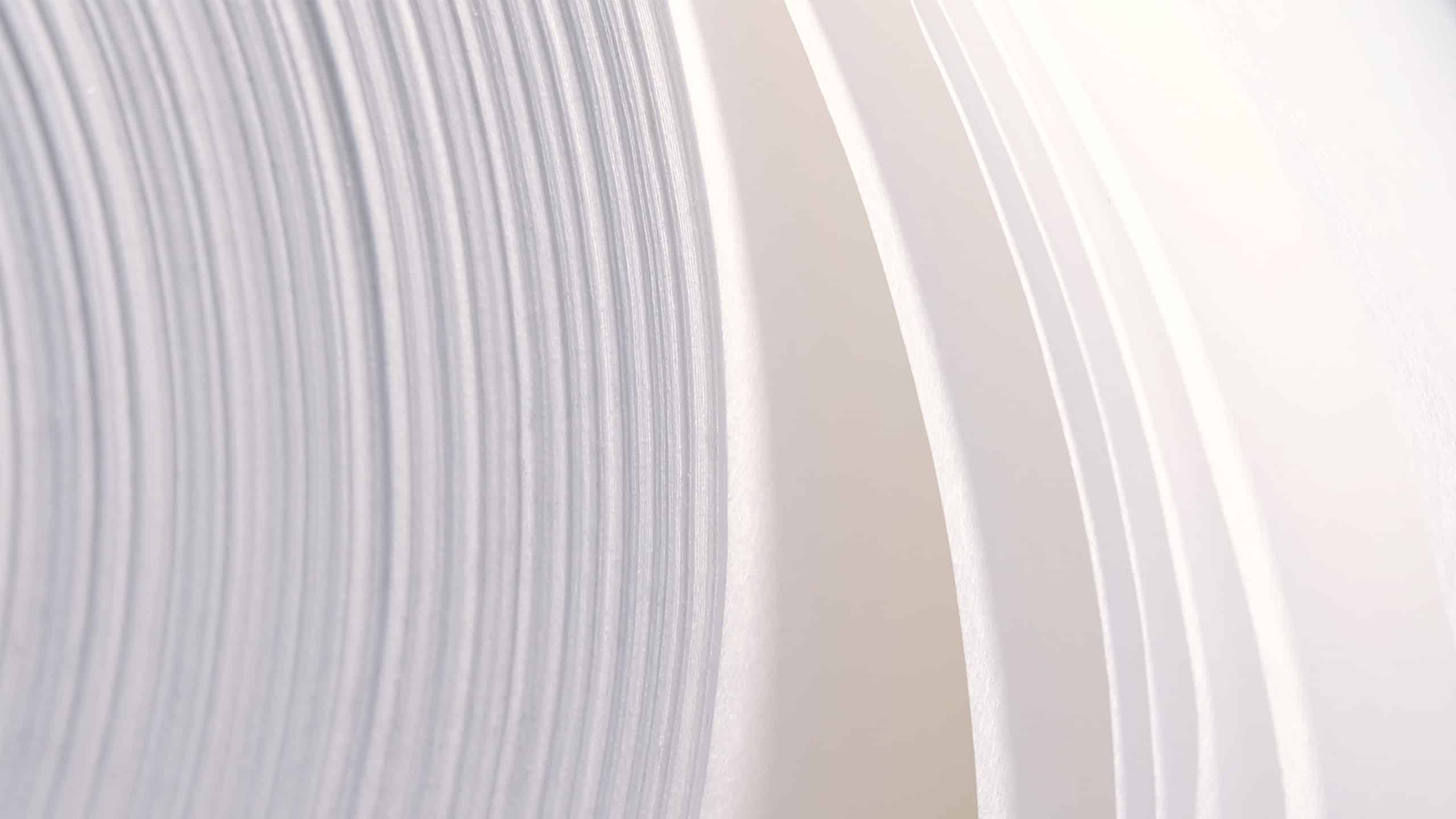What makes Paptic® garment bags a sustainable choice?

Understanding sustainability in packaging
Sustainability in the packaging industry is a crucial factor for both environmental conservation and consumer satisfaction. As society becomes increasingly aware of environmental issues, the demand for sustainable packaging solutions has risen significantly. According to the Confederation of European Paper Industries (CEPI), sustainable packaging minimizes environmental impact by reducing waste, using renewable resources, and ensuring that materials can be reused or recycled. This shift not only helps reduce the ecological footprint but also aligns with the growing consumer preference for eco-friendly products.
Companies like us play a pivotal role in promoting sustainable practices within the industry. By developing innovative materials that blend the strengths of paper, plastic, and textiles, we offer alternatives that are not only functional but also environmentally responsible. CEPI emphasizes the importance of this commitment to sustainability, which goes beyond just meeting current market demands; it’s about setting a precedent for future practices and encouraging others to follow suit in reducing plastic waste and enhancing recyclability.
The role of responsible sourcing in fibre-based materials
Responsible sourcing of fibres is a cornerstone in the production of sustainable packaging. It involves obtaining materials from well-managed forests where trees are harvested in a way that maintains the forest’s biodiversity, productivity, and ecological processes. CEPI advocates for sustainable forest management, ensuring that forests can continue to provide resources for future generations without causing harm to the ecosystem.
Ensuring that fibre-sourcing practices are environmentally friendly and socially responsible requires careful consideration of various factors. It’s essential to verify that forests are managed in compliance with environmental and social standards. This includes protecting wildlife habitats, respecting the rights of indigenous communities, and maintaining the natural carbon balance. While these practices are not always straightforward, they are critical for the responsible production of fibre-based materials, such as those used in our printable garment bags, contributing to a more sustainable packaging industry.
Unique features of Paptic® materials
Our Paptic® materials are distinguished by their unique blend of characteristics that set them apart from other packaging alternatives. Made primarily from renewable wood fibres, these materials are designed to be recyclable, reusable, and durable. The flexibility and softness of Paptic® materials enhance the user experience, making them ideal for applications that require a pleasant tactile interaction, such as garment bags.
One of the significant benefits of Paptic® materials is their ability to combine the desirable properties of paper, plastic, and textiles while maintaining a focus on sustainability. This includes being lightweight yet robust, providing protection during transit, and offering moisture resistance to safeguard products. These features ensure that our materials not only meet the functional requirements of packaging but also contribute to reducing environmental impact through their sustainable design.
Comparing Paptic® with traditional fibre-based options
When comparing our Paptic® products with traditional fibre-based options, several unique advantages become apparent. While traditional materials like paper may offer recyclability, they often lack the durability and flexibility provided by Paptic®. Our materials offer a superior balance of strength and adaptability, making them suitable for demanding applications like garment bags that must withstand various handling and transport conditions.
However, as with any material, there are considerations to keep in mind. Traditional fibre-based materials might be more familiar to some manufacturers, but Paptic® offers the added benefits of being softer and more silent during handling, improving the end-user experience. This makes Paptic® a preferred choice for companies looking to enhance their brand image through sustainable and high-quality packaging solutions.
Paptic’s commitment to environmental values
Our commitment to environmental sustainability is deeply embedded in our corporate strategy and product design. We aim to address significant environmental challenges, such as plastic waste, by developing innovative, eco-friendly packaging solutions. Our goals include expanding the use of renewable materials, improving recyclability, and promoting the reuse of packaging.
We have made significant achievements in creating materials that not only meet but exceed environmental standards. Our future plans involve further enhancing the sustainability of our products and processes, ensuring that we remain at the forefront of sustainable packaging innovation. By integrating these commitments into every aspect of our business, we continue to lead the way in offering solutions that align with the values of modern, sustainability-driven companies.
